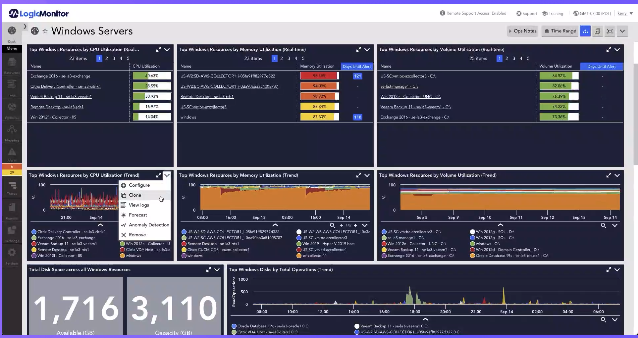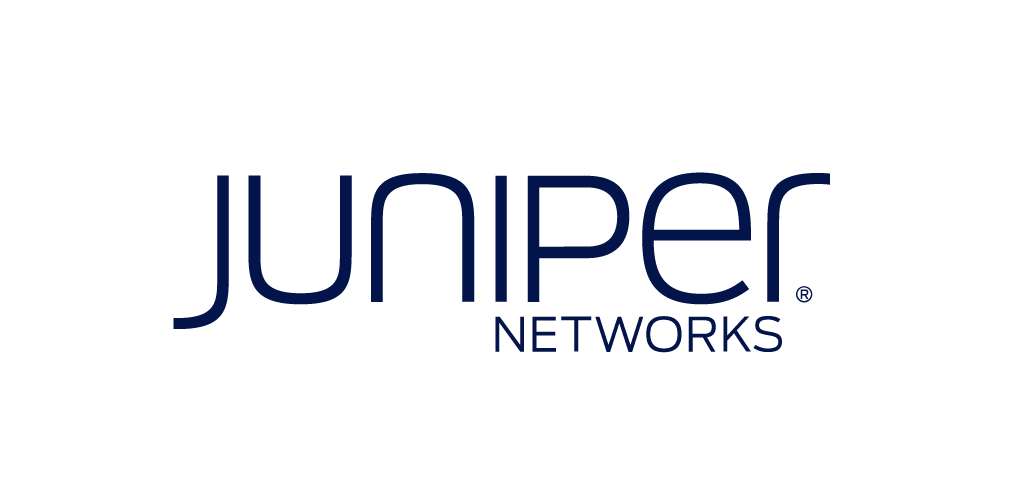Stop reacting, start innovating with next-gen AIOps
IT teams often spend more time troubleshooting issues than working on the strategic projects that matter. Next-gen AIOps changes that. Get the tools you need to see what’s coming, solve problems faster, and do more.

Trusted by leading companies









IT operations are overwhelmed by complexity
Today’s IT teams face a tidal wave of alerts, siloed data, and outdated processes. Legacy AIOps platforms react when it’s too late, still relying on rules-based engines and incomplete integrations that fail to deliver on basic requirements, like reducing downtime or improving mean time to resolution. It’s time for a change.
Next-gen AIOps: A new standard for operational excellence

Autonomous operations
Next-gen AIOps function without human intervention, adapting seamlessly to changing environments with ongoing contextual awareness.

Context-aware observability
By integrating data from all your tools, next-gen AIOps provide a comprehensive, context-rich view of systems. It incorporates critical metadata for deeper, more accurate insights and ensures rapid deployment, excelling in anomaly detection, root cause analysis, and automated remediation.

Conversational intelligence
Built on a context-aware knowledge graph, conversational AI powered by generative models turns data into actionable insights. It offers a seamless, agentic interface for users, delivering personalized, context-specific solutions through Retrieval-Augmented Generation (RAG).

End-to-end automation
Automate the entire incident lifecycle—detection, correlation, and remediation—to reduce resolution time and minimize overhead. Next-gen AIOps not only identifies issues but can fix them proactively.

No rules, no topology, no outdated dependencies
It’s time to say goodbye to manual tuning and outdated topologies. Edwin AI adapts in real-time to provide a dynamic, always-updated view of your IT environment, eliminating the need for constant maintenance. With automated, intelligent operations, Edwin AI keeps you ahead of the curve and focused on what matters most.
Event Intelligence that cuts through the noise
Reduce alert fatigue by filtering out 90% of irrelevant notifications. Edwin AI provides Event Intelligence that ensures your team only sees the signals that matter, empowering you to act proactively and resolve issues before they escalate. It’s the most efficient way to prevent downtime and optimize your operations.


Smarter automation with a GenAI Agent
Edwin AI offers a GenAI Agent that turns structured and unstructured data into actionable insights with plain-language summaries, predictive analysis, and step-by-step troubleshooting. This dramatically cuts MTTR, improves SLA compliance, and lets your team focus on the big picture without getting bogged down by repetitive tasks.
Broad data integration for better insights
Edwin AI integrates both structured and unstructured data from diverse sources like your ITSM, offering a comprehensive view of your IT environment. This broader context allows for faster, more accurate decision-making and quicker responses to potential problems.

More than 2,000 out-of-the-box integrations, including:










Transform your IT operations with AI
Schedule a demo to see how generative AI will shift your team from reactive to proactive.
AIOps is just one part of LogicMonitor Envision.
Learn more about our comprehensive suite of monitoring and observability tools empowers your team to optimize performance, reduce downtime, and drive innovation.
More Resources
AIOps frequently asked questions
- What is AIOps?
AIOps, which stands for Artificial Intelligence for IT Operations, is a method for analyzing and displaying data for IT teams based on machine learning algorithms. The AI used in AIOps is often based on historical patterns coupled with current, learned data trends.
- Does LogicMonitor use customer data to train their models?
For Edwin AI, the AI engine is pre-trained and the models do not combine data from other customers. In features like dynamic thresholds, LogicMonitor uses your historical data but it’s only your data – we do not combine it with other customers’ private data.
- What is anomaly detection?
Anomaly detection is the identification and notification of outliers within gathered datapoints. An anomalous datapoint is something that significantly deviates from a normal data range without reason.
- What is machine learning?
Machine learning is the use of algorithms that improve automatically through historical analysis and experience.
- What is event correlation?
Event correlation automatically groups event alerts into their most succinct form, vastly reducing the time it takes for support teams to reason about the mass of alerts. Effective event clustering can reduce alerts by over 97%.
- What is root cause analysis?
Root cause analysis is the process of finding the core of an issue that caused a chain reaction effect ending in problems.
- What are dynamic thresholds?
Dynamic thresholds are data ranges that show an acceptable changing range of datapoints based on similar historical factors.
- What is Edwin AI?
LogicMonitor Edwin AI is the GenAI-powered solution designed to help IT teams reduce alert noise and shift from reactive to proactive operations—typically within hours of implementation. By consolidating event intelligence, troubleshooting, and incident automation into a single pane of glass, Edwin AI streamlines incident management and accelerates resolution.
Using advanced machine learning, Edwin AI automatically correlates, deduplicates, and normalizes alerts, cutting down alert noise by up to 90%. It provides AI-driven summaries, root cause analysis, and step-by-step troubleshooting, reducing mean time to resolution (MTTR) and helping IT focus on more meaningful work. As an integral part of the LogicMonitor Envision platform that boasts over 3,000 integrations, Edwin AI ensures comprehensive visibility across legacy on-premises and hybrid cloud infrastructures.
Empower IT teams with predictive insights, automated escalation, and proactive operations—helping teams prevent issues before they escalate and boosting productivity by 20%.



